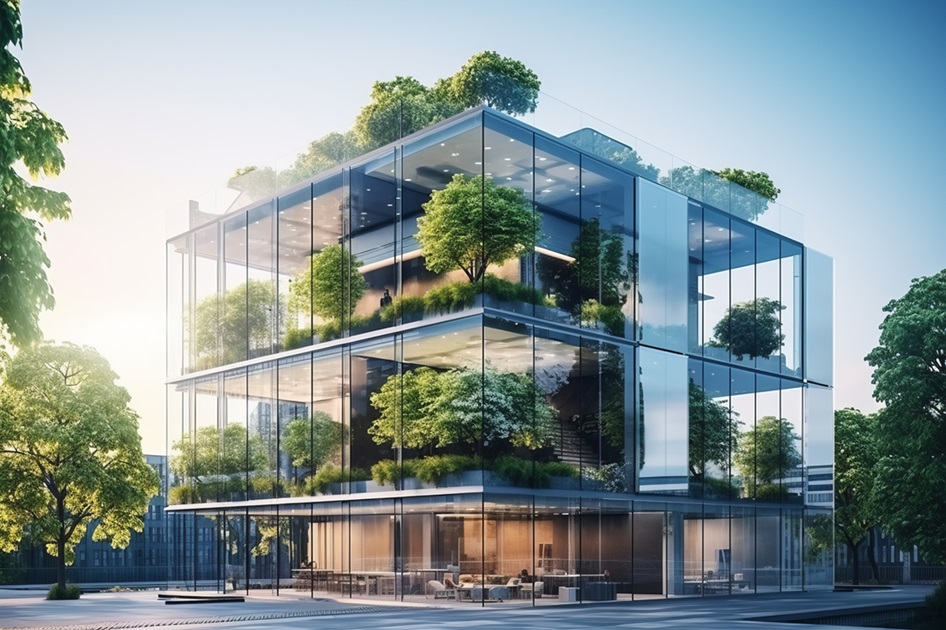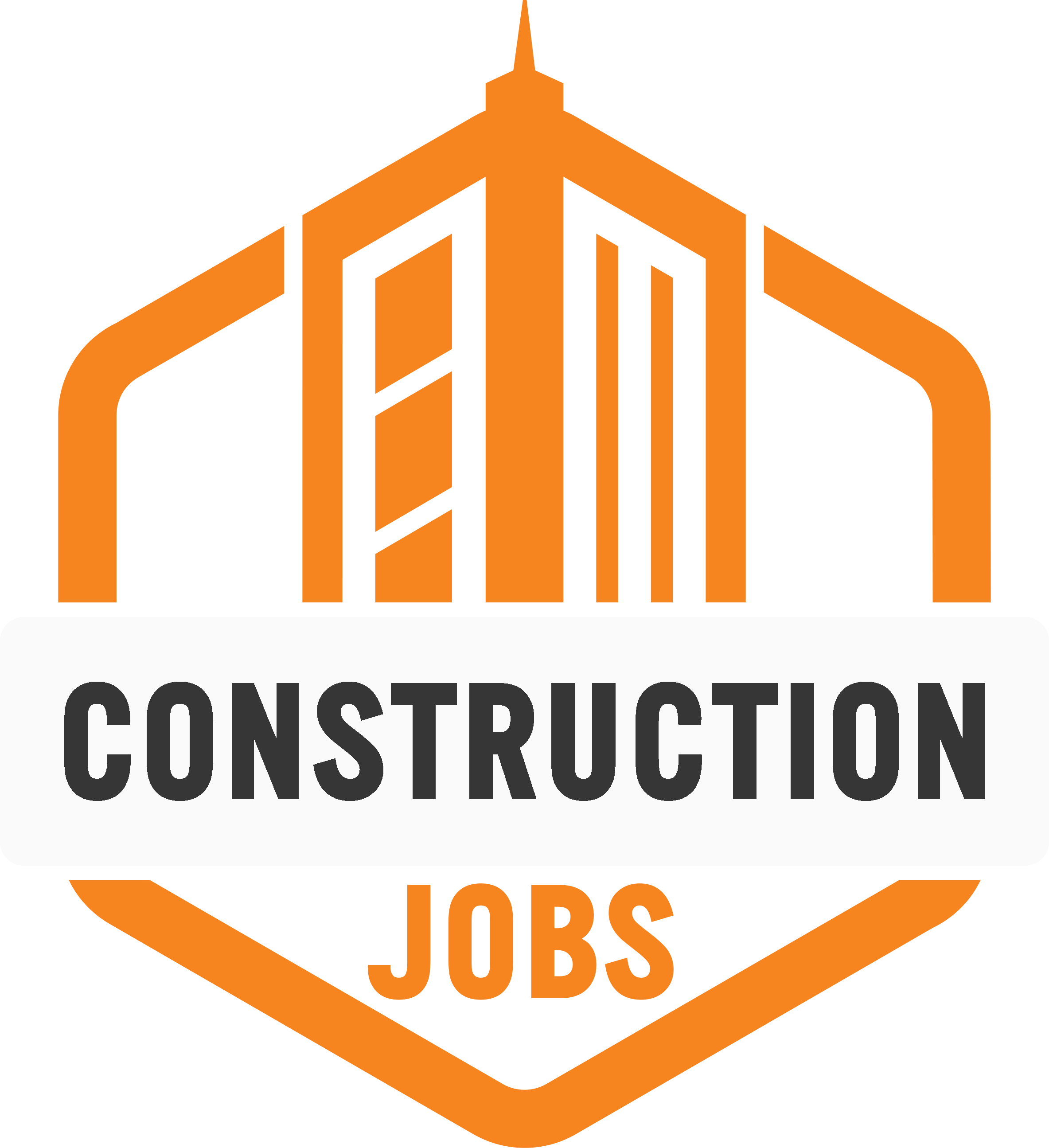Tips for Constructing Net-Zero Energy Buildings
Constructing net-zero energy buildings: Tips on design, budgeting, and eco-friendly practices for a sustainable future.

Buildings are responsible for almost 40% of the world's energy consumption. Experts have suggested zero and net-zero energy buildings as solutions for addressing the problem of energy consumption. Of course, there are serious obstacles in constructing zero/net-zero buildings, which should be considered by manufacturers and homeowners.
This article will provide you with useful tips to construct a net-zero energy building or convert an existing building into a net-zero one.
Zero vs net-zero energy buildings
Unfortunately, there is not a unique definition for zero, net-zero, or zero net energy buildings.
Based on the Department of Energy (DOE), zero-energy buildings produce as much on-site renewable energy as they consume in source energy over the course of a year.
On the other hand, net-zero energy buildings produce as much on-site renewable energy as they consume on-site each year.
In other words, net-zero energy buildings are fuel-independent and do not include source energy generation efficiency, transportation energy consumption, etc.
Net-zero energy building benefits
In any case, a net-zero energy building is defined as a building that can compensate for its energy consumption by using renewable energy systems, mostly PV modules. This will lead to reducing carbon footprint and preventing global warming.
Here are several beneficial aspects of net-zero energy buildings:
- Reducing environmental issues like greenhouse gas and carbon emissions
- Reducing operational costs, especially energy transportation
- Providing occupants with more comfort to use energy
- Increasing the value of buildings
Despite these advantages, there are still problems when moving towards net-zero energy buildings. First, there isn't any perfect design for which you can be sure about its results. The difficulty in finding experienced designers, installers, and contractors that have previously built net-zero buildings is another problem.
More importantly, the initial cost for designing and constructing a net-zero energy building is so high that many homeowners cannot afford it.
Tips for constructing net-zero energy buildings
Define your goals
First, you must clearly define your goals and the plan for reaching your objectives. Please note that your goals should be specific so that designers, operators, and contractors know what you want.
Also, your objectives need to be measurable because, in the end, you need to analyze the result and compare it with a typical building.
Set a realistic budget
One of the most critical factors in every project is the budget. This is even more important when it comes to constructing a net-zero building.
Remember that there are not many existing net-zero buildings, so you cannot be sure about many prospects. You need to be careful when setting the budget according to your goals, because you might ignore many details.
Leverage the best energy modeling software
Now you need to think about a smart design that is modern, cost-effective, and simultaneously net-zero.
By analyzing the building's energy performance, you can make sure that the building will meet your energy consumption goal. Please note that the better your building's thermal performance is, the less initial expense you will pay for renewable energy systems.
A rating system like ASHRAE or LEED will help you assess and compare your building's design. Also, tools like DesignBuilder, Carrier, and Revit MEP are perfect examples of building energy simulation software.
You can recognize the strengths and weaknesses of your design in terms of thermal performance and energy consumption.
Use local materials to reduce the cost
Choosing eco-friendly materials is beneficial for net-zero buildings as they reduce the carbon footprint.
Using local materials reduces expenses as well as air pollution. In fact, local materials require far less fuel for transportation. This helps your building to meet the LEED criteria and become more of a green building.
Seal your building envelope
Sealing the building envelope is the best measure net-zero energy builders can take to improve the building's thermal performance, apart from choosing local materials. It would be best to think about sealing approaches that match your climate, skills, and budget.
Consult with experts experienced in net-zero buildings
Remember that this is a different design from routine construction projects. So, you cannot solely rely on usual contractors.
It's highly recommended to get advice from experts for each part of your project. Designers, installers, contractors, and real estate experts can greatly help you to improve your building. It is also good to assign every task to experts in your region to ensure you will get the best results. For example, Condoly provides you with the best advice in the real estate industry and the most unrivaled assignment deals in Canada.
Make the most out of sunlight
You need to design your building so that it gains the maximum possible solar energy. Try to use the sunlight through south-facing windows to warm your building during the cold season, lowering your heating costs
Of course, you need to think of an efficient shading for those windows to lower cooling costs in the summer. This is the passive use of the sun's heat without incurring the added cost of thermal mass needed to achieve maximum passive solar heating.
Use eco-friendly light bulbs
Saving energy is central to designing a net-zero energy building. You can save a huge amount of energy over the course of a year by using eco-friendly light bulbs with ENERGY STAR.
CFLs and LEDs have many advantages, such as:
- Consuming around 20%-80% less energy compared to traditional bulbs
- Lasting 3-20 times longer than traditional bulbs
Choose energy-efficient HVAC systems
Heating, ventilating, and air conditioning consume almost 40% of building energy. So, it is of paramount importance for a net-zero designer to take every measure that is required to reduce the energy consumption by HVAC systems.
Of course, if you build the envelope with the best material and use high-quality insulators, you need less heating and cooling capacity. Try to use modern facilities equipped with AI to be able to control the loads efficiently.
Use efficient PV
Finally, you need to choose the best energy generation system to increase the efficiency of your building. You need a grid-connected photovoltaic system, with an array of solar PV cells that are connected to the utility grid.
In good weather conditions, your grid-connected PV system can supply all the power you need. Of course, you might need a storage system to store the power for bad conditions.
The higher the efficiency of your PV system, the higher your initial cost will be.
Conclusion
Designing and constructing affordable zero-energy buildings might be a challenging project. Fortunately, there are easy-to-learn building strategies for these projects. By following the aforementioned tips, you are likely to achieve great success in your project.
- Share This →

